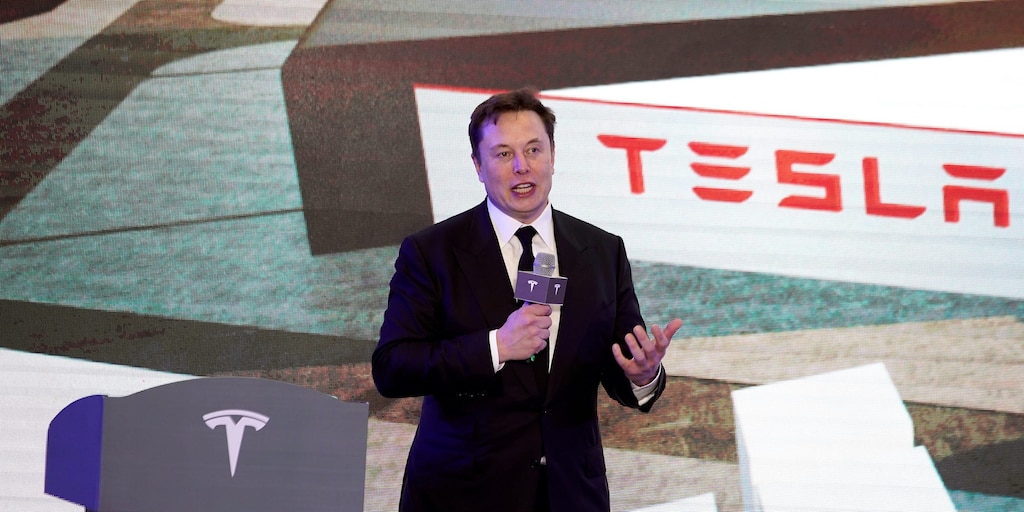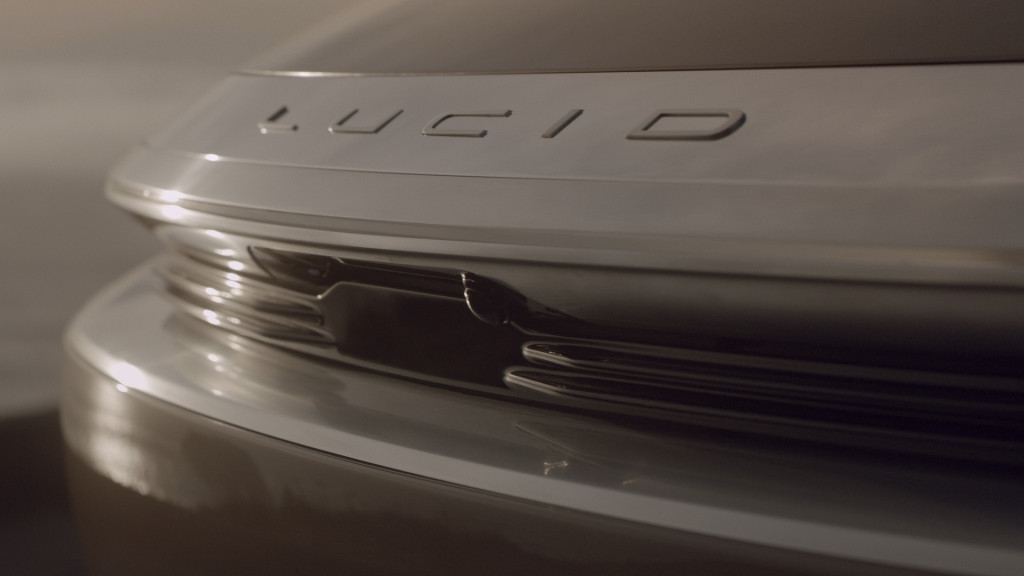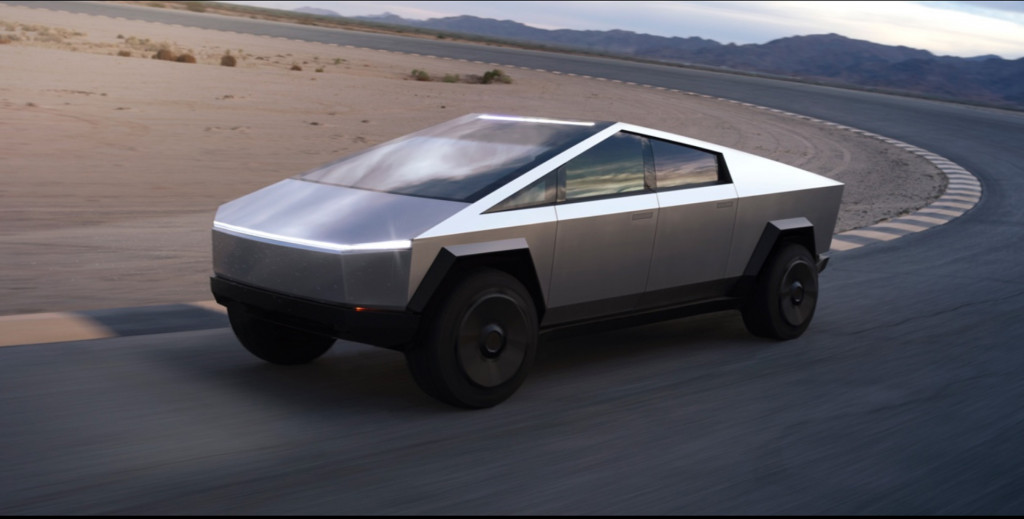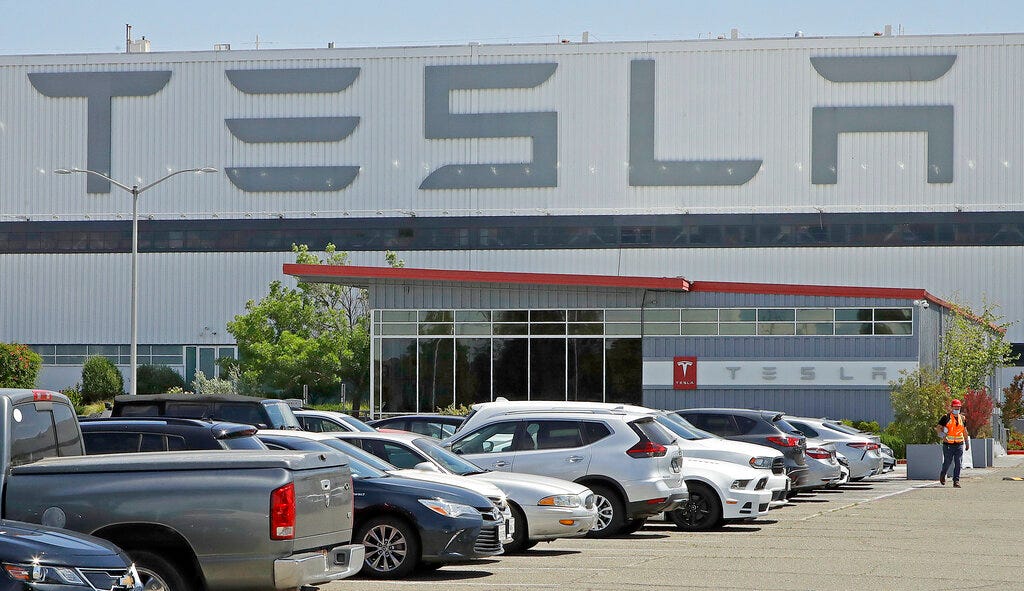VW e-up The e-up can fully exploit its advantages in the city center. This applies to the shape and functionality of the small car as well as to the electric motorization. (Photo: Alexander Möthe) Düsseldorf “Is that the one with the software problems?” Asks a passerby who drives past me and my parked car on… Continue reading Electromobility: Bargain Stromer on a farewell tour – the VW e-up in the Handelsblatt autotest
Tag: Tesla
Bernstein downgrades Tesla and says the stock will tank 42% from its ‘mind-boggling’ valuation
Reuters Tesla shares are far too expensive to recommend after more than tripling in 2020, the Bernstein analyst Toni Sacconaghi wrote in a note. The firm lowered its Tesla stock rating to “underperform” from “market perform” on Tuesday and maintained a $900 price target, implying that shares will tumble 42% over the next year. Though… Continue reading Bernstein downgrades Tesla and says the stock will tank 42% from its ‘mind-boggling’ valuation
Tesla quietly revealed it got a government coronavirus bailout after Elon Musk opposed another stimulus package (TSLA)
Four days after CEO Elon Musk decried “special interest earmarks” in economic relief packages, Tesla revealed that it also received government aid in response to the coronavirus. “As part of various governmental responses to the pandemic granted to companies globally, we received certain payroll related benefits which helped to reduce the impact of the COVID-19… Continue reading Tesla quietly revealed it got a government coronavirus bailout after Elon Musk opposed another stimulus package (TSLA)
First look at Elon Musk’s personal Tesla Model S with prototype color
We’ve got a first look at Elon Musk’s personal Tesla Model S with a new prototype color that will apparently be possible thanks to a new paint shop. Over the last year, Elon Musk has been talking about Tesla building the “most-advanced paint shop” at Gigafactory Berlin. The CEO talked about new multi-layered paints: “Giga… Continue reading First look at Elon Musk’s personal Tesla Model S with prototype color
Tesla (TSLA) could become most valuable company in the world, says VW CEO
Tesla is getting accolades from the competition over its financial results amid the COVID-19 pandemic as the head of Volkswagen says that he believes the electric automaker could become the world’s most valuable company. Last week, Tesla announced its Q2 2020 financial results and crushed expectations by delivering a profit despite a difficult situation due… Continue reading Tesla (TSLA) could become most valuable company in the world, says VW CEO
Lucid counters Autopilot, Tesla sues Rivian, wartime French EVs: Today’s Car News
Go to Source
Lucid DreamDrive assisted driving takes a different route than Tesla Autopilot
Go to Source
Tesla sues Rivian over alleged trade-secret theft related to sales, charging network
Go to Source
Tesla shares sag as analyst flags ‘mind-boggling’ valuation
Esha Dey, Bloomberg Published 11:56 a.m. ET July 28, 2020 | Updated 12:00 p.m. ET July 28, 2020 Tesla Inc. has grown bigger than Toyota and Volkswagen combined thanks to a rally more befitting a technology stock than a car maker, and buying it now is probably a mistake for anyone but day traders, an… Continue reading Tesla shares sag as analyst flags ‘mind-boggling’ valuation
Bill Gates Slams Elon Musk For Spouting COVID Misinformation
Money Fight! Bill Gates has had enough of fellow tech billionaire Elon Musk’s habit of spreading coronavirus misinformation. On Tuesday, Gates spoke at length about online misinformation with CNBC. And when the conversation pivoted to Musk’s online comments, Bill Gates said that the SpaceX and Tesla CEO seemed way out of his element. “Elon’s positioning… Continue reading Bill Gates Slams Elon Musk For Spouting COVID Misinformation



